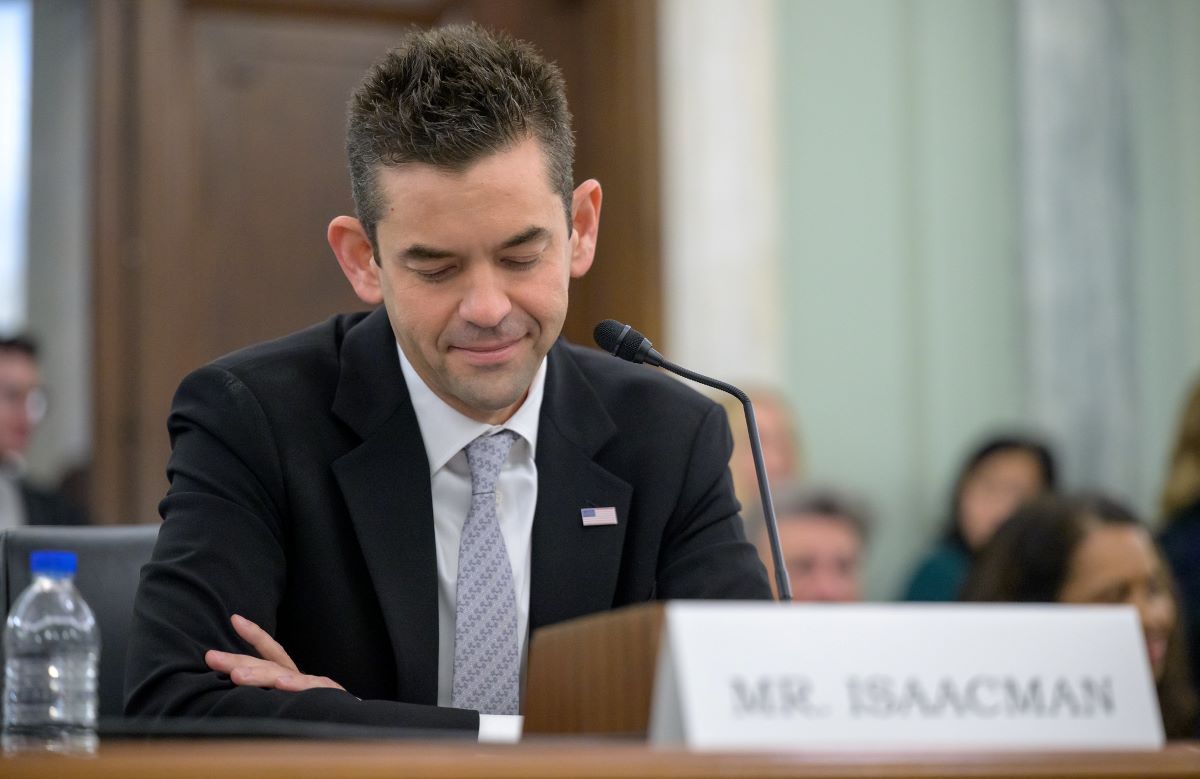Editor's note: this article originally appeared on People for Bikes and is republished with permission.
It’s hard to overstate the societal upside — or “positive externalities,” as economists would call them — presented by electric bicycles. By replacing car trips, e-bikes can simultaneously lower emissions, improve street safety, and boost riders' health. Even more, with gasoline prices skyrocketing nationwide, e-bikes can help untether the American transportation system from its geopolitically messy reliance on oil.
Last year’s E-BIKE Act proposed a tax credit for electric bike buyers, showing that Congress is starting to appreciate the myriad of benefits e-bikes can offer. Unfortunately, federal leaders still have a ways to go — many legislators have yet to acknowledge the e-bike’s demonstrated ability to replace car trips.
Last fall, Congress incorporated the E-BIKE Act’s basic structure into the Build Back Better Act, but the maximum credit for the purchase of an electric bicycle dropped from $1,500 to $900, and individuals making more than $80,000 would be ineligible for the credit (the $4,000 cap on an e-bike’s price would also eliminate the eligibility of many e-cargo bikes). With the Build Back Better Act stuck in the Senate, it’s unclear whether even those diminished benefits will be added to the tax code.
The good news is that the E-BIKE Act has already left a legacy of intrigued state and local officials nationwide. John MacArthur, the transportation program manager at Portland State University, has been tracking e-bike incentive proposals across North America (with support from PeopleForBikes), and he has noticed a growing buzz. “During the last year we’ve seen a lot of change due to the E-BIKE Act, which got the word out,” said MacArthur. “It’s coming from lawmakers saying, ‘Hey, this can be used by people to have more mobility.’”
Curious state legislators need not look to Washington for inspiration; they can turn to the numerous local electric utilities already offering their own e-bike incentives. The Vermont Public Power Supply Authority — serving 11 municipalities in northern Vermont — offers customers a $100 rebate on e-bikes or e-bike conversion kits purchased within the state. Five Colorado utilities also offer post-purchase rebates, as do those serving Austin, TX, Corvallis, OR, and San Mateo County, CA.
Although no statewide discount is currently available, California is on the verge of offering one. Legislators have approved $10 million for e-bike incentives in their annual budget, but the state has not yet selected an administrator for the program or defined its rules.
Last year, Washington state came close to making e-bike purchases tax-free, with a bill to exempt e-bikes from a 6.5% sales tax passing the state house before stalling in the senate (the proposal would establish a degree of parity with electric cars, which are already exempt from sales tax on the first $25,000 of a purchase). That bill has been reintroduced in Washington’s current legislative session, along with a separate proposal for a $1,000 e-bike tax credit.
A bill in New York’s state assembly could provide an even more generous discount: a 50% rebate on e-bike purchases, returning a maximum of $1,100 to the buyer. In Connecticut, a proposed bill would set income-based tiers for an e-bike rebate: $1,000 for buyers with an income below $50,000, $500 for those between $50,000 and $100,000, and $250 for $100,000 and up. To the north, a bill in Massachusetts proposes a rebate of up to $750, while Vermont is considering one of up to $400 (like Connecticut’s, those proposals would scale the rebate to a recipient’s income). Even Oklahoma — a state not generally known for its cycling — has its own proposal, a flat $200 credit.
Just how much additional e-biking would the passage of such statewide incentives generate across communities? It’s an open question. With electric bicycle sales growing rapidly, MacArthur says we lack reliable data about who is buying them, where they live, and how they are choosing to ride. But he has a hunch. “I have a belief that they’re being purchased in places with good cycling infrastructure and a strong cycling culture,” said MacArthur. State incentives, he expects, would spur the most e-bike adoption in those same communities.
To encourage e-bike use in cities, suburbs, and rural areas alike, MacArthur suggests that legislators “pair an e-bike incentive with something that would improve cycling infrastructure and policies statewide.” At present, no current state proposal combines bike lane construction and rebates into this kind of unified legislative package.
Given the challenge of building urban-suburban-rural coalitions behind electric bicycle incentives (or just about anything, for that matter), cities could take matters into their own hands. After all, the short driving trips common in urban areas are especially ripe for e-bike replacement. Cities’ street safety needs are also growing more urgent; American pedestrian and cyclist deaths cluster in urban areas, and both are now at their highest levels since the 1980s. Municipalities including Santa Cruz, CA, and Ann Arbor, MI already offer their own e-bike rebate programs, with Ann Arbor’s available at the point of purchase (sparing the buyer the effort of filling out a form to obtain the rebate afterward).
The push for state and local e-bike incentives is likely to gain momentum if the Build Back Better Act falters in Congress, or if the e-bike provisions are stripped out of it. “We’ve often heard, ‘Let’s see what happens at the federal level, and then that will tell us if we need to act,’” said MacArthur.
Even if an electric bicycle incentive doesn't survive a divided Senate, Congress has already taken steps that are likely to boost cycling (with or without a battery). Last year’s infrastructure bill included several measures that could catalyze bike lane construction, such as a new $6 billion Safe Streets and Roads for All program.
A bevy of studies demonstrates that improved bike infrastructure compels more people to consider riding. For those still sitting on the fence about buying an e-bike, a government rebate — regardless of who is offering it — might be just what’s needed to seal the deal, and leave the car parked at home.






